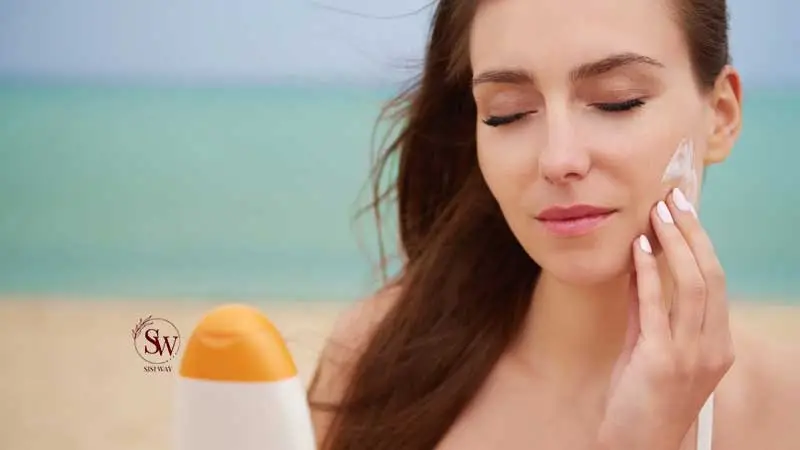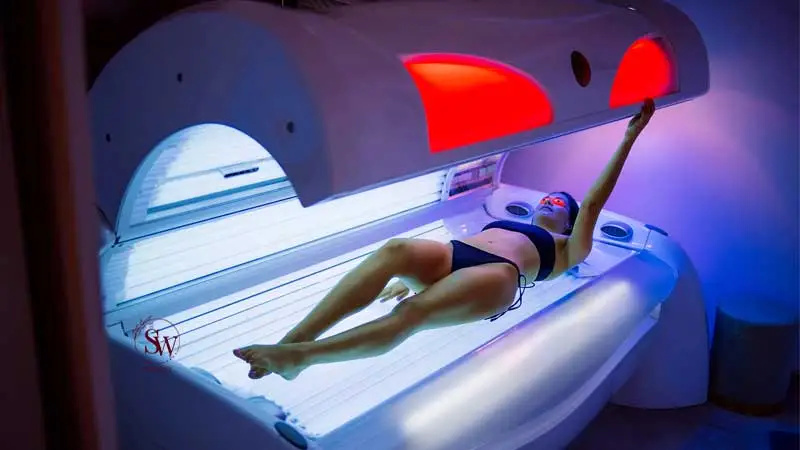Rules You Should Know about Tanning

Tanning has become a popular trend, with many individuals seeking that sun-kissed glow or opting for artificial methods. While achieving a golden complexion can be appealing, it is crucial to understand the rules and guidelines to ensure a safe and effective tanning experience. In this comprehensive guide, we will delve into the essential rules you should know about tanning, combining expert insights and reliable sources to provide you with accurate and valuable information.
Understanding Your Skin Type
Before embarking on a tanning journey, it is imperative to know your skin type. The Fitzpatrick scale categorizes skin into six types based on its reaction to sunlight. Understanding your skin type helps determine the appropriate duration and intensity of sun exposure or the suitable products for artificial tanning. Consult dermatological resources or professionals to accurately assess your skin type.
Sunscreen Is Your Best Friend
One of the cardinal rules of tanning is the consistent use of sunscreen. Sunscreen protects the skin from harmful UV rays, preventing sunburns and long-term damage. Choose a broad-spectrum sunscreen with at least SPF 30 and apply it generously to all exposed skin. Reapply every two hours, especially if swimming or sweating.
Does Sunscreen Prevent Tanning? Dispelling the Myth:
A common misconception is that sunscreen entirely blocks the tanning process. However, this is not entirely accurate. Sunscreen is a crucial component of responsible tanning, protecting against harmful UV rays that can lead to sunburns, premature aging, and skin cancer.
While sunscreen reduces the intensity of UV exposure, it does not entirely prevent the skin from tanning. Rather, it helps control the process, allowing for a gradual and safer development of color. Sunscreen filters out a portion of the UVB rays responsible for sunburns, allowing the skin to tan more slowly and evenly.

Choosing the right SPF is essential; a higher SPF provides more protection but does not eliminate the tanning effect. Using sunscreen can contribute to a more balanced and healthier tan by preventing the skin from burning, which could lead to peeling and uneven coloration.
To strike a balance between achieving that desirable tan and safeguarding your skin, apply sunscreen generously before sun exposure and reapply it as recommended. This practice not only helps prevent sun damage but also supports the development of a more sustained and attractive tan over time.
Remember, responsible tanning involves a combination of sunscreen use, gradual sun exposure, and proper skincare. By dispelling the myth that sunscreen entirely inhibits tanning, individuals can make informed decisions about sun protection while still enjoying the benefits of a golden glow.
Gradual Exposure
Avoid prolonged sun exposure during peak hours (10 a.m. to 4 p.m.), as the sun’s rays are strongest during this period. Start with short sessions, gradually increasing the time spent in the sun to minimize the risk of sunburn. Consistency is crucial – a gradual approach ensures a more even and lasting tan.
Hydration Is Essential
Tanning can dehydrate the skin, making it essential to stay well-hydrated. Drink plenty of water to maintain skin moisture and overall health. Additionally, using hydrating skincare products can prevent excessive dryness and flakiness associated with tanning.
Exfoliation Prepares the Canvas
Exfoliating your skin before tanning helps remove dead skin cells, ensuring a more even and longer-lasting tan. Use a gentle exfoliator to smooth the skin’s surface, paying attention to elbows, knees, and other rough areas. This prepares the skin to absorb tanning products more effectively.
Choose the Right Tanning Products
Whether opting for sunless tanning lotions, sprays, or mousses, selecting the right product is crucial. Look for products containing DHA (dihydroxyacetone), a safe and FDA-approved ingredient that reacts with the skin to produce a tan. Perform a patch test before full application to avoid allergic reactions.
Clothing
While tanning, choose appropriate clothing to avoid tan lines. Swimsuits or clothing with strategic cutouts can help achieve a more even tan. However, ensure that you are mindful of sun exposure and sunscreen application in areas not covered by clothing.
How Long Does It Take to Tan?
One of the most frequently asked questions about tanning is, “How long does it take to tan?” The answer varies based on multiple factors, including skin type, sun exposure conditions, and tanning method.
When sunbathing, the time it takes to develop a tan depends on your skin type and the intensity of sunlight. Individuals with fair skin (Fitzpatrick types I and II) tend to tan more slowly and are prone to sunburns, requiring shorter exposure periods initially. In contrast, those with darker skin (Fitzpatrick types V and VI) may tan more quickly but still need to exercise caution to avoid overexposure.

On average, it can take anywhere from a few days to several weeks of consistent sun exposure to achieve a noticeable tan. It’s crucial to start with short sessions, gradually increasing the time spent in the sun to allow your skin to acclimate and minimize the risk of sunburn.
For sunless tanning products, the timeline for visible results can be quicker. Many products show initial color within a few hours, with the full effect developing over the next 24 hours. However, individual results may vary based on the specific product, application technique, and skin type.
Indoor tanning using UV beds or lamps also involves a variable timeframe. The tanning process depends on factors like the type and strength of the tanning equipment, your skin’s sensitivity, and the duration of exposure. Tanning professionals typically provide guidelines on session lengths to achieve optimal results without overexposing the skin.
Post-Tanning Skincare
After tanning, maintain your skin’s health with proper post-tanning care. Moisturize regularly to prevent dryness, and use products with aloe vera to soothe any sun-exposed areas. If you notice any unusual changes in your skin, consult a dermatologist promptly.
UV Beds and Lamps

For those opting for indoor tanning using UV beds or lamps, adhere to the recommended time limits. Overexposure to UV radiation from artificial sources can increase the risk of skin cancer and premature aging. Follow guidelines provided by tanning professionals and equipment manufacturers.
Regular Skin Checks
Monitor your skin regularly for any changes, such as new moles, discoloration, or irregularities. Early detection of skin issues can be crucial for timely intervention. If you notice anything concerning, consult a dermatologist promptly.
Also Read: What Are the Top 10 Lifestyle Diseases?
FAQ:
- Can I use any sunscreen for tanning?
It is recommended to use a broad-spectrum sunscreen with at least SPF 30 for tanning. Ensure the sunscreen protects against both UVA and UVB rays. - How long does it take to see results from sunless tanning products?
Sunless tanning products can show results within a few hours, but the full effect may take up to 24 hours. Results vary based on the product and individual skin type. - Is indoor tanning safer than sunbathing?
Both indoor tanning and sunbathing carry risks of UV exposure. It is essential to follow guidelines for both methods and prioritize skin health to minimize potential harm. - Can I tan with makeup on?
It is advisable to remove makeup before tanning, as it may create a barrier between the skin and tanning products, resulting in uneven coloration.
In conclusion, adhering to these rules will help you achieve a beautiful tan while prioritizing the health and safety of your skin. Always consult with skin care professionals and dermatologists for personalized advice based on your skin type and individual needs.



